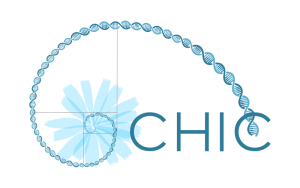Developing Different NPBTs, We’re Moving Forward
In general terms, New Plant-Breeding Techniques (NPBTs) (or gene editing) are methods that allow scientists to develop new plant varieties with desired traits, by modifying the seeds and plant cells’ DNA. As the process has only been developed in the last decade, the technique is still quite new and it has been continually evolving in recent years. However, in the CHIC project, we have been doing genome editing based on CRISPR-Cas.
For those not familiar with this concept, CRISPR, according to Wikipedia, is an acronym for ‘clustered regularly interspaced short palindromic repeats, which is a family of genes found in organisms such as bacteria. CRISPR is a technology that edits genes, or put it simply, it finds a specific bit of DNA inside a cell, at which point it alters that piece of DNA.
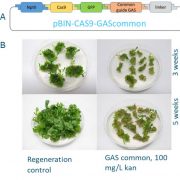
The CHIC project has developed four different methods in parallel to deliver CRISPR tools to chicory cells, which should have identical genetic outcomes. They differ only in the degree of “DNA invasiveness”, which is relevant in adopting these new technologies and their products by regulators and the general public. In the first four years of the project, three methods with varying degrees of DNA invasiveness have been fully implemented. The root chicory has been grown to maturity in which, using genome editing technique, the genes responsible for root bitter compounds have been eliminated. A patent application has been filed for this innovation.
Meanwhile, other partners involved in the project have worked on finding alternative genome editing molecules that may work even better in plant cells than CRISPR/Cas and a possible solution for self-incompatibility. This is the feature that chicory plants cannot be fertilized by their own pollen, as can be done in many other plant species, which poses a serious bottleneck in chicory variety improvement by plant breeding. The genes for self-incompatibility in chicory have been found and tested. Finally, additional work has been performed to improve the chicory genome sequence.
Check out Work Package 1 video –
Work Package Leader
 Dr. Paul Bundock, WP1 Coordinator
Dr. Paul Bundock, WP1 Coordinator
Development of Four Conceptually Different NPBTs (New Plant Breeding Techniques)
CHIC News!
Follow us!

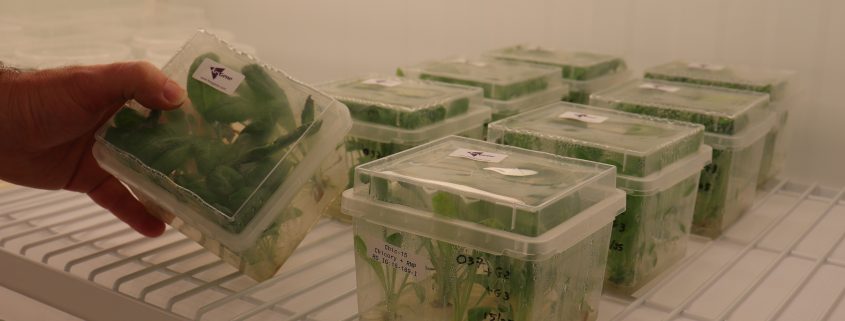

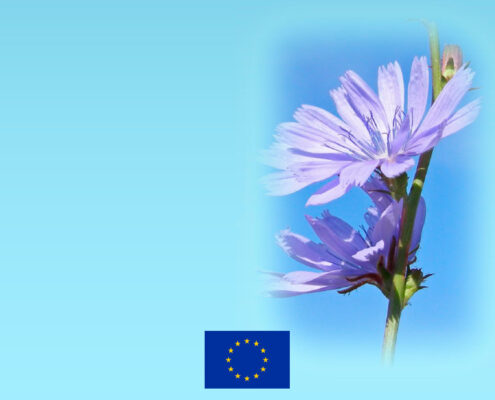
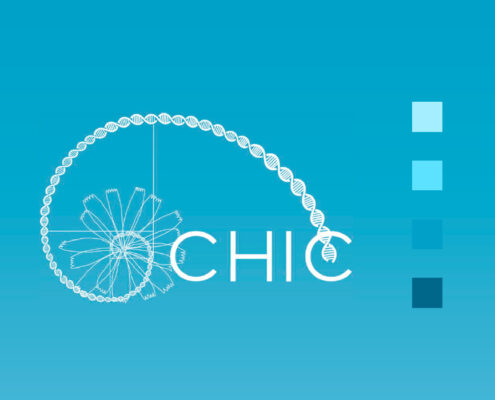

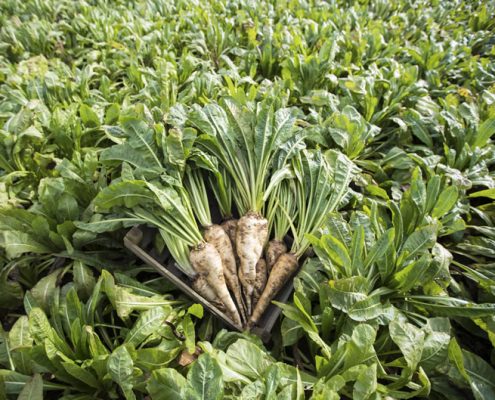
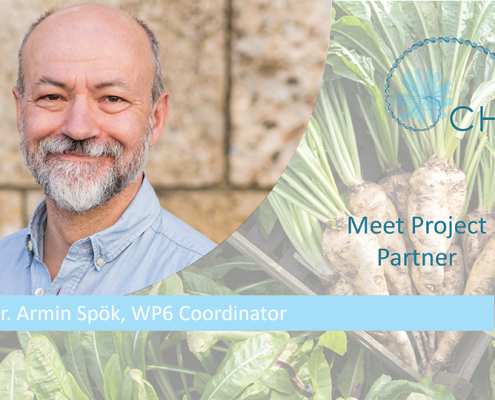
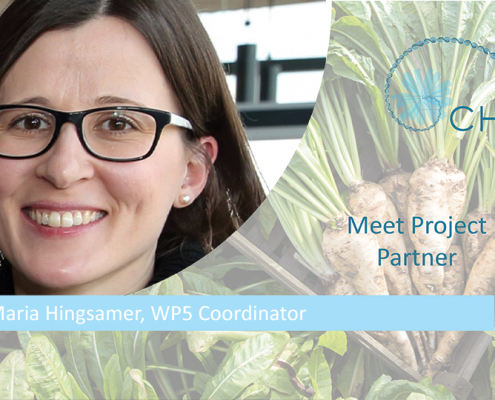
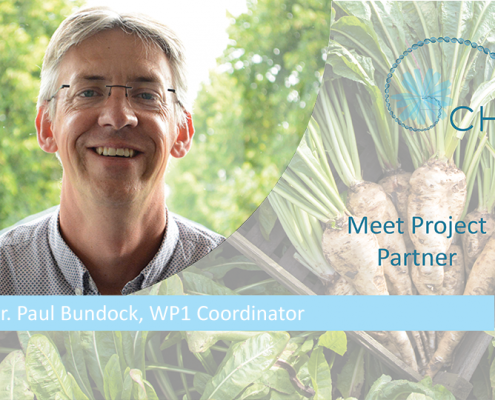

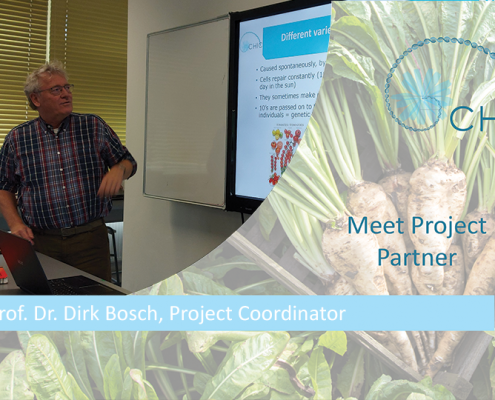
 This project has received funding from the EU Horizon 2020 research & innovation programme under grant agreement N. 760891.
This project has received funding from the EU Horizon 2020 research & innovation programme under grant agreement N. 760891.

